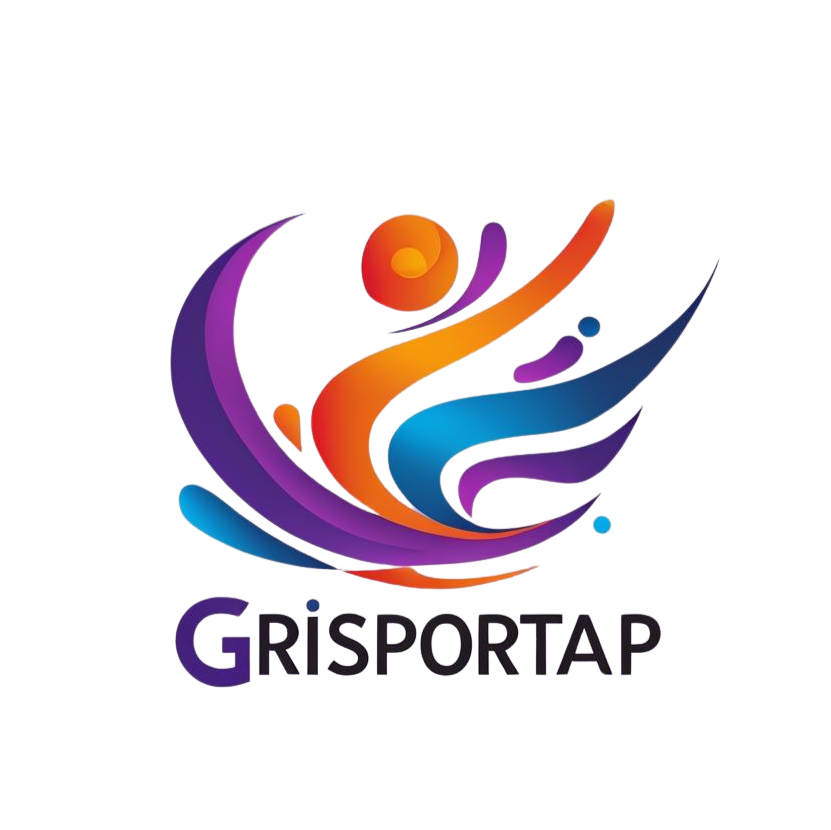dance industry networking is a practical, human skill that helps you build real connections, find opportunities, and learn how the field works without promising quick fixes.
Why does relationship-building matter now? Shifts in funding, hybrid performance models, and changing media habits mean your community and communication skills shape a resilient career in the United States. Recent Dance/USA conference takeaways — like a 70/30 storytelling-to-CTA content mix and 10-second pitch exercises — show how small practices turn information into action.
This short guide gives clear, adaptable steps: set goals, map local classes and shows (think Steps on Broadway or Millennium Dance Complex), use conference tactics, and polish your digital presence. Real paths include studio work‑study programs and volunteering as an usher to learn a season calendar.
Act with clarity: focus on learning, giving value, and being curious about people. Progress takes steady practice and, when needed, guidance from qualified mentors. This article is educational and inspirational, not a promise of funding or employment.
Introduction
Begin with small, regular steps that help you meet people and learn skills. This guide shows practical methods you can test and adapt. It focuses on what you do each week to grow your career in the U.S.
You’ll start by setting simple goals. Then you map local class hubs, see shows, and track season calendars. Low-cost options like work‑study at studios or ushering let you spend more time on site. Those choices give you useful information and real contacts.
The guide is organized so you always know the next step. You will get clear tips on showing up, listening, and offering value as a person. These are not scripts. They are repeatable practices that improve with time.
Examples come from current U.S. contexts and real venues so the advice feels concrete. Keep notes on people, events, and ideas you want to revisit. Over time your skills and connections will grow as you keep testing, learning, and giving back to the arts community.
- Set goals and map your local scene
- Attend classes and shows; use work‑study or ushering
- Practice human, helpful outreach and track results
dance industry networking: goals, mindset, and what “value” looks like
Start by naming one to three outcomes you want to reach in the next quarter. Clear goals focus your time and make follow-up simple. Pick goals that you can act on, measure, and iterate.
Define your audience. Think by style, community, and venue type. Ask two practical funder-style questions: which part of your audience do you want to grow, and what information do you lack about your current supporters?
Quick checklist and examples
- Set 1–3 concrete goals (example: meet three choreographer contacts; attend two talks; secure one showing).
- Write a simple value statement: who you help, how you help, and the experience you create for dancers or venues.
- Craft a 10‑second introduction that a choreographer or presenter can understand instantly.
- List your top five strengths (rehearsal support, social capture, grant research, teaching, stage tech) and match them to people who need them.
Measure and plan
Choose meaningful measures: logged conversations, rehearsal invites, or scheduled meetings. Avoid vanity metrics like follower counts.
Block small, repeatable tasks. Two emails per week and one event per week keeps momentum without burnout. Track names, roles, dates, and next steps in a simple spreadsheet or notes app.
Ethical outreach matters. Offer value, ask permission before sharing work, and reflect on how your actions affect others. Use this framework as a testable way to grow your network and your career over time.
Map your local ecosystem: classes, shows, and community touchpoints
Identify where people meet and spend time, then make a simple plan to show up.
Find one or two nearby hubs — for example, Steps on Broadway in New York or Millennium Dance Complex in Los Angeles. Check their schedules and ask about work‑study options that trade shifts for reduced class fees.
Find the local studio and low-cost options
Many studios offer front‑desk or cleaning shifts in exchange for lower rates. That gives you time in the space and informal access to teachers and dancers.
Take class strategically and talk briefly before/after
Rotate levels and teachers to broaden skills and meet different people. Arrive early or stay a few minutes after class to say hello.
- Keep conversations brief and specific — one thoughtful question is best.
- Thank teachers and choreographers after class; follow up later if you want more time.
- Be inclusive: notice newcomers and offer a friendly introduction.
See shows, volunteer, and learn the season calendar
Study local venue calendars and mark festivals, guest companies, and peak weeks. Volunteer or usher to see many performances and learn how front of house and programming work.
Track each touchpoint in a notes app (date, place, who you met, next step). Add friendly peers on social media so you can notice rehearsal calls and opportunities without waiting for algorithm luck.
Conferences and industry events: practical tactics from the field
Start by matching event focus to what you want to learn or whom you want to meet. Choose gatherings that fit your goals, budget, and calendar. For example, Dance/USA brings artists, companies, educators, and funders together and is useful if you want wide dialogue across the dance world.
Before you go
Shortlist by goal fit: pick events that sharpen one or two aims (funding, marketing, or booking). Pack a clear 10‑second intro, two icebreakers, and a scannable link to your reel and resume.
On-site tactics
- Choose sessions that match immediate goals and leave 15–30 minutes after panels to meet people.
- Use low-pressure moves: share a ride, sit with new people at lunch, or ask one focused question after a talk.
- Capture short media clips using the 70/30 rule: story first, then a light CTA.
“A quick, human follow-up within a week keeps a connection alive without pressure.”
Track a small number of targets each day (for example, meet two choreographers and one company admin). Focus on quality conversations and follow up with a brief, personal message that notes where you met and a next step.
Build your digital presence to support real-world connections
A clear digital presence makes real-world meetings more productive and memorable. Use simple, repeatable choices so your online work surfaces timely opportunities and makes follow-up fast.
Rig your social media feed to follow choreographers, companies, and peers
Curate who you follow. Follow choreographers, companies, peers, and local artists you want to meet so auditions and showings appear in your timeline.
- Favor accounts that post calls, rehearsal clips, or workshop dates.
- Save or bookmark announcements so you don’t miss deadlines.
- Treat DMs like a doorbell: brief, specific, then move details to email.
Use a simple content mix and video to tell your story
Post with a steady rhythm: 70% story, 30% CTA. Short video—phone footage is fine—should show process, not just polish.
- Share rehearsal snippets, class notes, and event recaps.
- Always credit collaborators and keep sound clear.
- Three low-effort posts per week saves time and builds reach.
Considering an agent: timing, fit, and realistic expectations
Agents can expand your reach, but they are not required. Ask about their roster, regional knowledge, and how they find opportunities.
- Check commissions and contract terms before you sign.
- Prefer agents who show dance-specific contacts and clear communication.
- Remember: representation complements your outreach, it doesn’t replace it.
Professional etiquette: pitches, outreach, and follow-up systems
How you pitch and follow up often determines whether a contact becomes a collaborator. Clear, human messages make it easy for a person to respond and act.
Craft a 10-second pitch that feels human and clear
Template: “Hi, I’m [name]. I teach and perform contemporary work, and I help companies streamline rehearsal flow.” Say who you are, what you do, and one specific strength.
Practice until the line sounds natural. Keep it warm, short, and true to your voice.

Follow up thoughtfully: emails, DMs, and maintaining your rolodex
Keep outreach short: a friendly hello, one sentence of context (where you met), and a single low-pressure ask or offer.
“A quick, human follow-up within five business days keeps a connection alive without pressure.”
- Send one follow-up only if there’s no reply—then let it rest.
- Log contacts: name, role, company, how you met, last contact, next step. Use reminders so links don’t go cold.
- Use social media for light touches (congrats, story replies); move to email for rehearsal invites or paid work.
Do: tailor messages to the dancer, choreographer, or company by referencing recent media or work. Don’t: cold-pitch during performances or class time.
Good etiquette is a daily business skill: be on time, prepared, and kind. That way your connections grow from real, respectful exchanges.
Real-world pathways: auditions, festivals, and creating your own opportunities
Focus on a few clear pathways—auditions, festivals, and self-produced showings—that match your goals.
Track smart, not everything. Build a short audit of events you actually want. Note dates, fees, materials, and travel time so you only apply when it fits your budget and energy.
Track auditions and announcements without burning out
Follow a handful of choreographers and companies so announcements arrive fast. Use one spreadsheet or app to log deadline, fee, contact, and a simple yes/no decision.
Limit alerts to two checks per day. That protects your rehearsal time and reduces stress.
Choreograph, teach, and host small gatherings
Test new work at local festivals, open mics, or a shared studio showing. Team up with a peer to split rehearsal costs and admin tasks.
- Offer a short class or workshop to meet local dancers and presenters.
- Host a small group showing to invite feedback and build reputation.
- Use ushering or volunteering to offset ticket costs and meet staff.
Define success broadly: clearer feedback, stronger relationships, and stage experience are wins that compound over time.
At the end of each cycle, note what worked and where to aim next. For more pathways and practical ideas, see career pathways and job options.
Conclusion
Close each week with one small action that keeps your craft and connections moving forward.
Recap: Set clear goals, show up to classes and shows, and use kind, practical outreach to meet choreographers and peers in the dance world.
Your progress takes time; each rehearsal, pitch, and conference adds skills and trust. Treat growth as steady practice, not a quick fix.
Use a simple system: track contacts, schedule one follow-up per week, and review progress monthly. That keeps your career manageable and forward-moving.
Keep learning: take class, seek mentorship, and consult qualified pros on contracts or finances when needed. Be responsible online and off.
One step this week: send a brief hello to one contact. One for the month: attend a local showing. One for the season: plan a small collaboration to share your art and build lasting connections.



